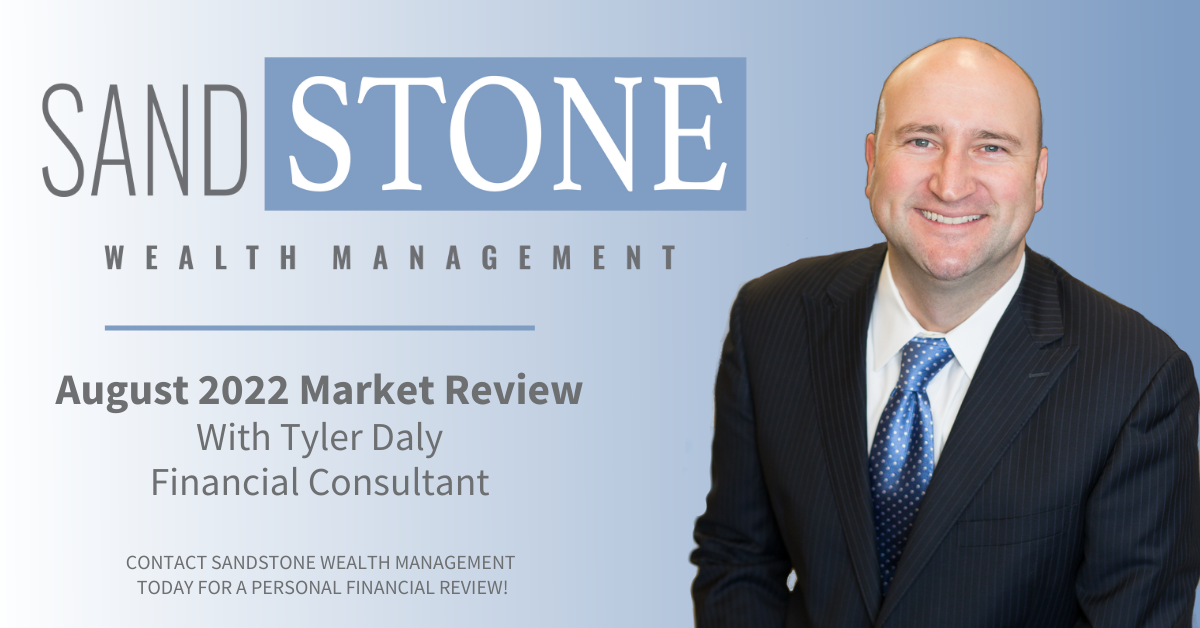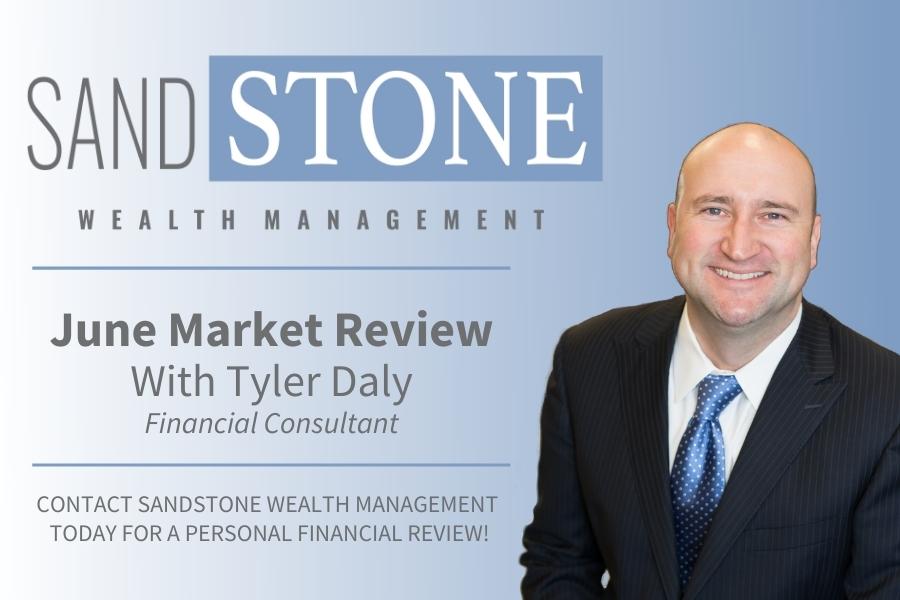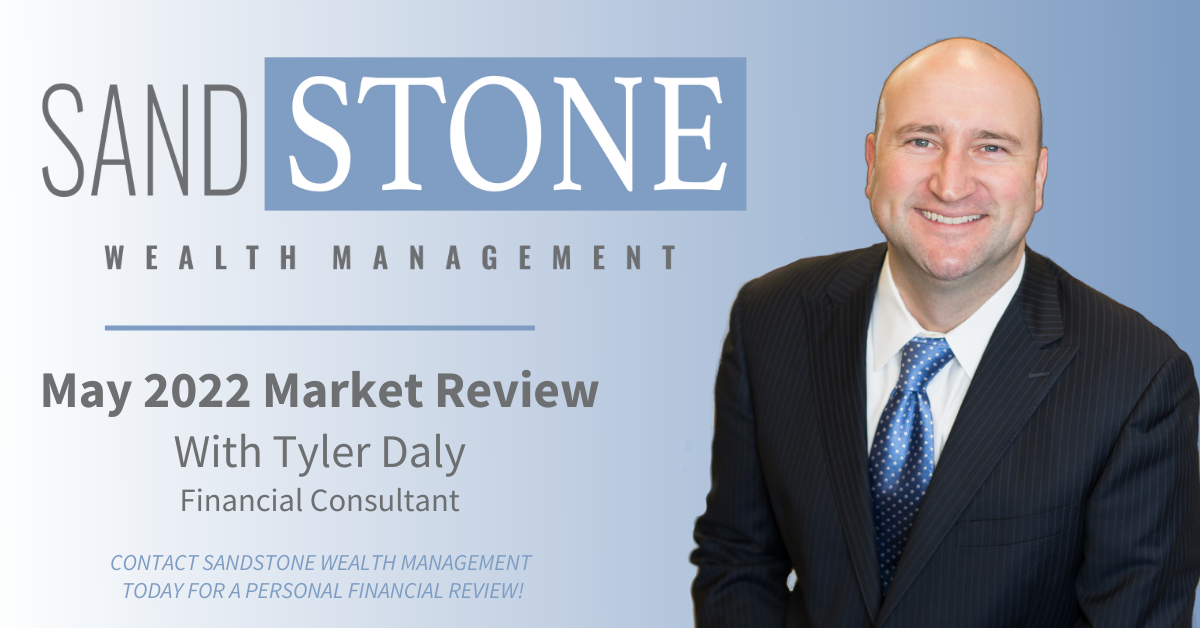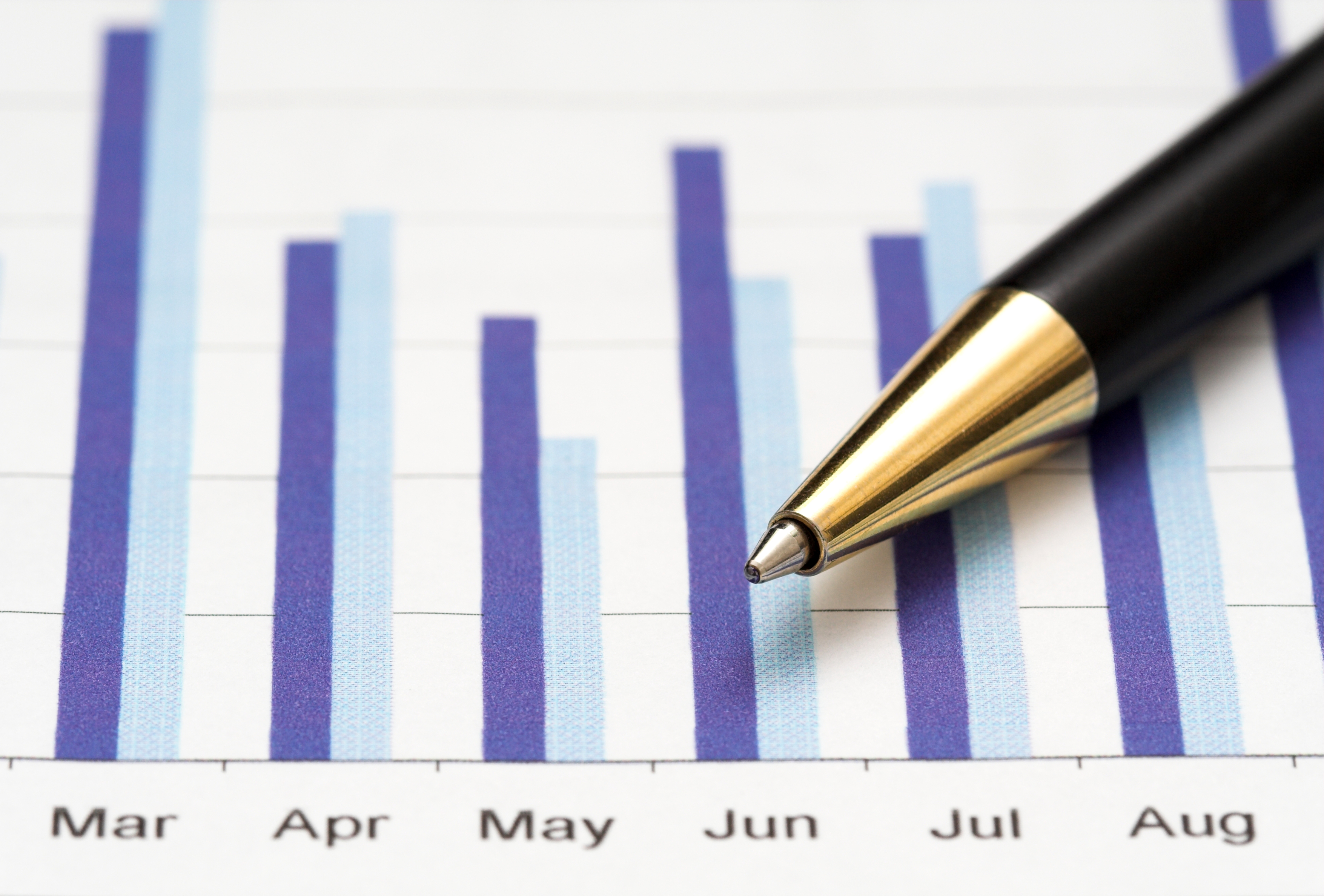
A December rally in the equity markets punctuated an already strong year – quite a reversal from a
year ago.
In 2018, the worst December in history pulled annual returns for most major asset classes into negative territory. In 2019, domestic and international markets responded positively to December news of an agreement in the U.S.-China trade dispute and the avoidance of a no-deal Brexit, while largely brushing off the impeachment of President Donald Trump. Overall, investors regained their appetite for risk in 2019, pushing major U.S. stock indices to multiple new highs.
The S&P 500 gained 2.86% in December and 28.88% for the year, representing the strongest year since 2013 for the broad U.S.-market index. The Dow Jones Industrial Average (1.74%), NASDAQ (3.54%) and Russell 2000 (2.71%) also made positive strides during December.
Solid fundamentals, accommodative central bank policy – 65% of central banks eased policy in 2019, including the U.S. Federal Reserve, compared to just 5% in 2018 – and strong holiday shopping sales also contributed to the rally, according to Chief Investment Officer Larry Adam.
In Washington, D.C., agreements on trade and a bipartisan government funding package also removed lingering uncertainties, according to Raymond James’ Washington Policy Analyst Ed Mills.
Despite declining bond prices in December, core fixed income had its strongest year since 2002, with the Bloomberg Barclays U.S. Aggregate Bond TR index returning 8.72% for the year.
|
|
12/31/18 Close |
12/31/19 Close |
Change |
% Gain/Loss Year to Date |
|
|
DJIA |
23,327.46 |
28,538.44 |
+5,210.98 |
+22.34% |
|
|
NASDAQ |
6,635.28 |
8,972.61 |
+2,337.33 |
+35.23% |
|
|
S&P 500 |
2,506.85 |
3,230.78 |
+723.93 |
+28.88% |
|
|
MSCI EAFE |
1,719.94 |
2,036.96 |
+317.02 |
+18.43% |
|
|
Russell 2000 |
1,348.56 |
1,668.47 |
+319.91 |
+23.72% |
|
|
Bloomberg Barclays Aggregate Bond |
2,046.60 |
2,225.00 |
+178.40 |
+8.72% |
|
|
|
Performance reflects price returns as of market close on December 31, 2019 |
||||
Here is a look at some key factors we are watching, both here and abroad:
Economy
- The U.S. economy was mixed in 2019, and is expected to remain mixed into the first half of 2020, Chief Economist Scott Brown notes.
- Consumer spending growth should continue to be supported by job gains and wage growth. There will be some distortions from temporary hiring for the census, but slower population growth should dampen the underlying trend in job growth.
- Business fixed investment has been weak, reflecting slower growth and trade policy uncertainty. The Phase One trade agreement between the United States and China will help, Brown said, but does not eliminate uncertainty.
- Recession fears have decreased, but not gone away. The economy will be sensitive to any shocks that may occur – “and we can be certain there will be some surprises in 2020,” Brown said.
Equities
- Equity market momentum remains strong, according to Joey Madere, senior portfolio strategist, Equity Portfolio & Technical Strategy.
- Technical indicators monitored by Madere and his team signal the broad-market index has been “overbought.” Valuation levels suggest a normal consolidation would be healthy for the index to digest its strong gains before climbing higher, Madere said. Pullbacks are expected to be light and can be viewed as buying opportunities, particularly for favored sectors such as Information Technology, Healthcare, Communication Services, Financials and Industrials.
- On the energy front, progress on U.S.-China trade and Brexit – the United Kingdom’s withdrawal from the European Union – contributed to oil prices approaching 52-week highs in December, said Pavel Molchanov, equity research analyst. While demand-related concerns remain, he considers the supply side of the oil equation remains bullish.
Fixed income
- Short term interest rates fell in December, with one-month and one-year Treasuries down nine basis points, according to Doug Drabik, managing director for fixed income research.
- Contrarily, Drabik said rates for Treasuries three years and out were higher for the month, with 10-year and 30-year rates climbing 15 and 17 basis points, respectively. The spread between two-year and 10-year Treasuries was its largest of the year at 33 basis points.
- The short end of the yield curve (one year and under) ended the year 80 to 110 basis points lower, while the longer end (two years and out) ended 65 to 90 basis points lower, Drabik said.
Bottom line
- Coming off a strong year for both equity and bond markets, stock valuations are extended. Low interest rates, however, help support those high prices and low inflation. We may see slight pullbacks in coming months as the market digests its gains – these are considered healthy and represent the opportunity for us to selectively add to your portfolio.
Please let me know if you have any questions about recent market events or how to position your long-term financial plan for the months ahead. I look forward to speaking with you.

Tyler has been in the financial services industry since 2004 and with Sandstone Wealth Management and Heartland Bank since 2009. He is Series 7, 66 and Insurance licensed to assist his clients with all their investing, financial planning, and insurance needs. Tyler was recently named to the Forbes List of America's Top Next-Generation Wealth Advisor, which recognizes advisors from national, regional, and independent firms. Tyler graduated from the University of Nebraska-Lincoln with a Bachelor’s Degree in Diversified Agriculture and was born and raised in the Nebraska Sandhills. This gives him an intimate knowledge and understanding of his farming and ranching clients. Tyler is married to Rachel, who earned her Doctorate of Pharmacy from the University of Nebraska. They have two children, Camilla and Cooper. Away from business, he enjoys officiating high school basketball in the winter as well as golfing and team roping in the summer.


.png)

.jpg)

.jpg)

.png)



